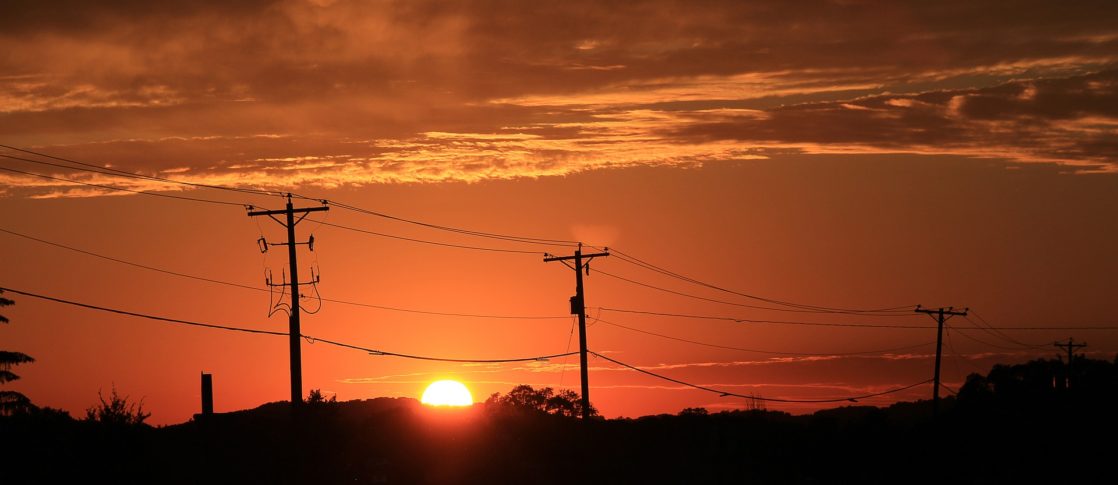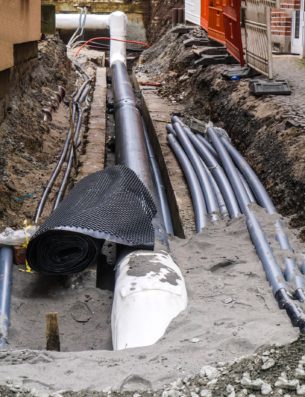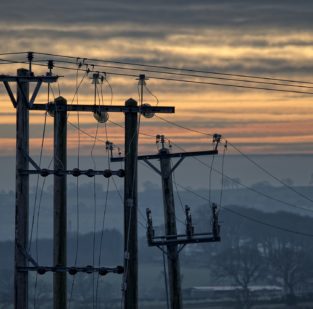Energy Infrastructure
The infrastructure needed to connect energy sources to the ‘grid’ and the grid itself, is often more controversial than the energy source itself. Transmission lines, Transmission tower (Pylons), distribution lines, telegraph poles, underground cables and offshore (underwater cables) are just some of the infrastructure used to transport and distribute energy.
Not much has changed with the majority of energy transportation since the 1920s. The first ‘Pylon’ in the UK was constructed in 1928 and is still the main way of transferring large amounts of electricity – we think it’s time that changed.
Transmission Lines
Transmission lines are high voltage (235~400 KV) and over land are mainly suspended on transmission cables (Pylons). These are used to move large amounts of energy from one part of the UK’s energy grid to another, and to connect a power source to the grid. In Wales, these are constructed by the National Grid and responsibility for these falls to the UK Government.Transmission lines are high voltage (235~400 KV) and over land are mainly suspended on transmission cables (Pylons). These are used to move large amounts of energy from one part of the UK’s energy grid to another, and to connect a power source to the grid. In Wales, these are constructed by the National Grid and responsibility for these falls to the UK Government.




Distribution Lines
Distribution lines are lower voltage (11 ~ 132 KV) and are mainly suspended from telegraph poles (odd exception on pylons to traverse large gaps, i.e. rivers). These distribute power from the grid to homes and businesses and, in a closed loop can connect a power source to homes and businesses directly. Responsibility for distribution cables falls to both the UK and the Welsh Government.
A New Approach
The Welsh Government has said that it is their policy for all new energy cables in Wales be buried, where possible. They also said that any new energy lines should follow the best possible path for nature. CPRW strongly supports this position from the Welsh Government and expects that developers will follow this policy.
There are proposals to develop a new transmission network via undersea cables that traverses the entire UK coastline. This would enable a relatively easy, fast, and convenient way to construct a new transmission network that services the entire UK and connects some of the large-scale offshore wind projects that are currently being proposed in the Celtic and Irish Seas.



[instagram-feed feed=1]


